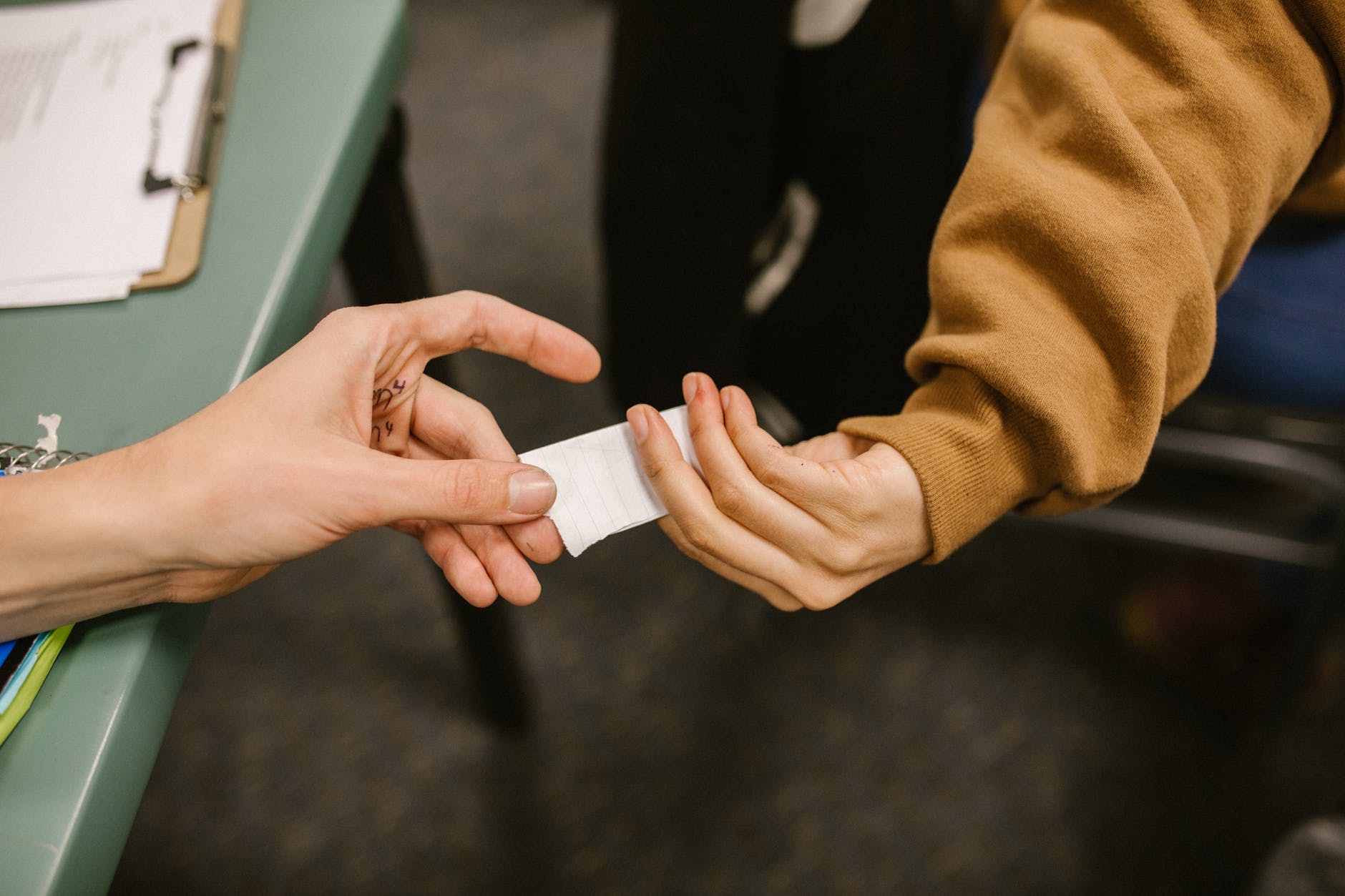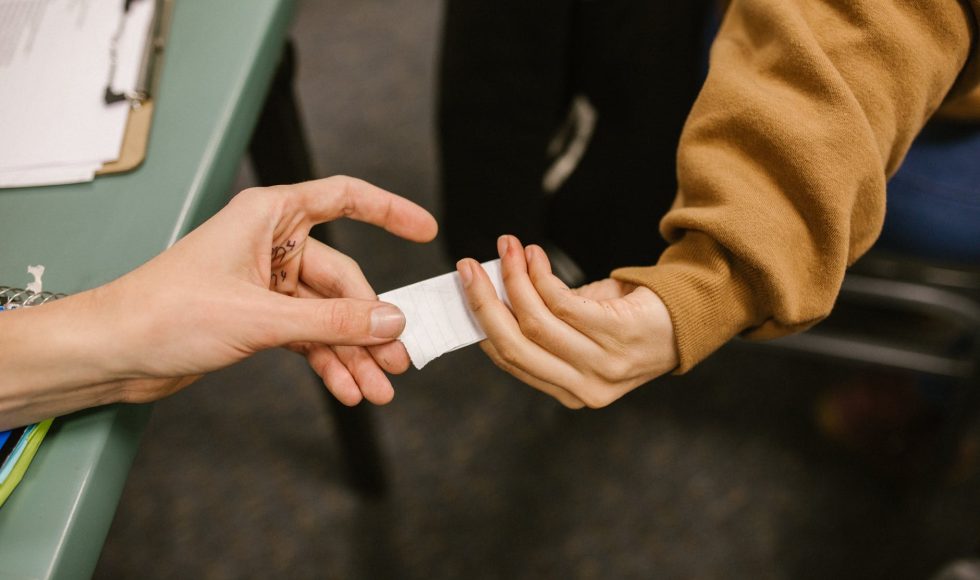Tonight after a long day, we played the Open Ed 2021 session entitled “Citation, Attribution, and Open Pedagogy: The Complexity of Academic Integrity in College Classrooms” presented by Monica Brown and Madison Hansen. They both started by describing their backgrounds and how citation and attribution are taught. Hansen talked about academic integrity best practices summarized by McCabe and Pavela (2004). The ten best practices that were shared include preventing and reducing academic dishonesty. Bertram-Gallant (2008) was cited by Hansen to uphold academic integrity through instruction, quality course materials, institutional processes and support, and assessment practices (including self-assessment and reflection). I appreciate that assessment practices and self-assessment are mentioned. Hansen also explained that “some student groups who are historically and institutionally marginalized may have less access to understanding and adhering to traditional academic integrity expectations.”Hansen then spoke about academic integrity in the “remix culture” and the challenges such as creating OER to refine practices of citation. Hansen and Brown listen and briefly explained their concerns. The first one was representation and inclusion: what does it mean to publish in a less prestigious journal? The second concern was related to privacy and speech. How do students interact and create when there are privacy concerns? The third concern had to do with credibility in a “post-truth” era. The fourth and final concern had to do with upholding academic integrity. They presented a table comparing citation and attribution. I need to consider those differences. The first practice Hansen and Brown listed was: help students understand open licenses in the context of academic citation styles. Practice 2 had to do with “clarifying the expectations for collaboration among students.” Practice 3 addresses clarifying the expectations for the reuse and revision of licensed materials in students’ writing. One suggestion was to encourage the use of track changes to “see” the contributions of each student. The final emerging practice they identified was “assist students in understanding the potential of the Internet in sharing and creating new knowledge while maintaining respect for authorship and cultural difference,” and this included holding space for students to discuss these topics. In their presentation, they included both citations using MLA style and attribution of sources. This session helped me understand the difference between citation and attribution. During the question and answer session, they addressed several questions including one about contract cheating: paying for papers, for example. They spoke about the international day against contract cheating with the hashtag #defeatthecheat. Brown talked about the value systems with different citation styles and in open education the use of remixing. They encouraged having these conversations with students. I had not considered “open academic integrity” before! I wonder if we can explore this discussion as part of BIT 295!?



